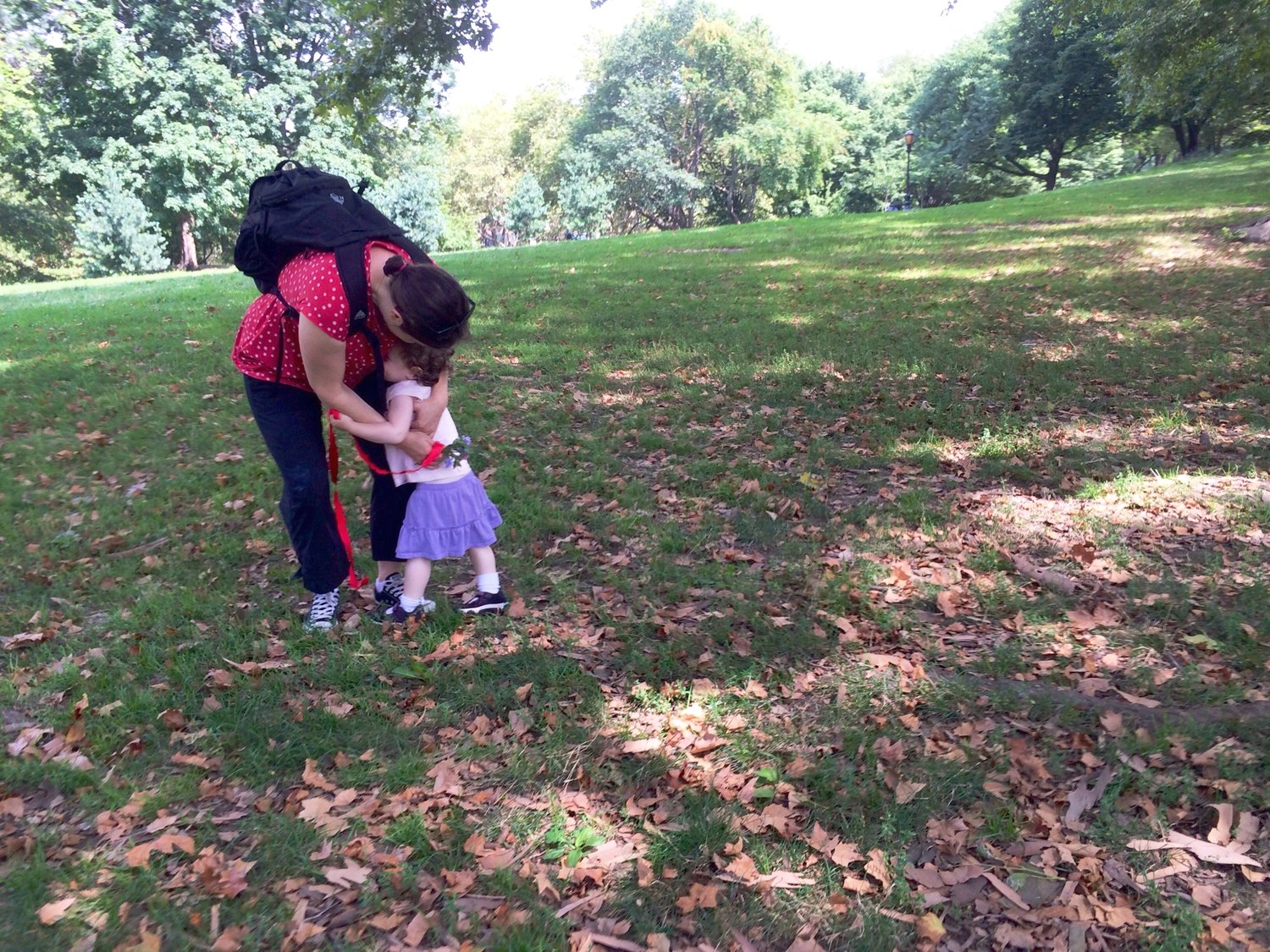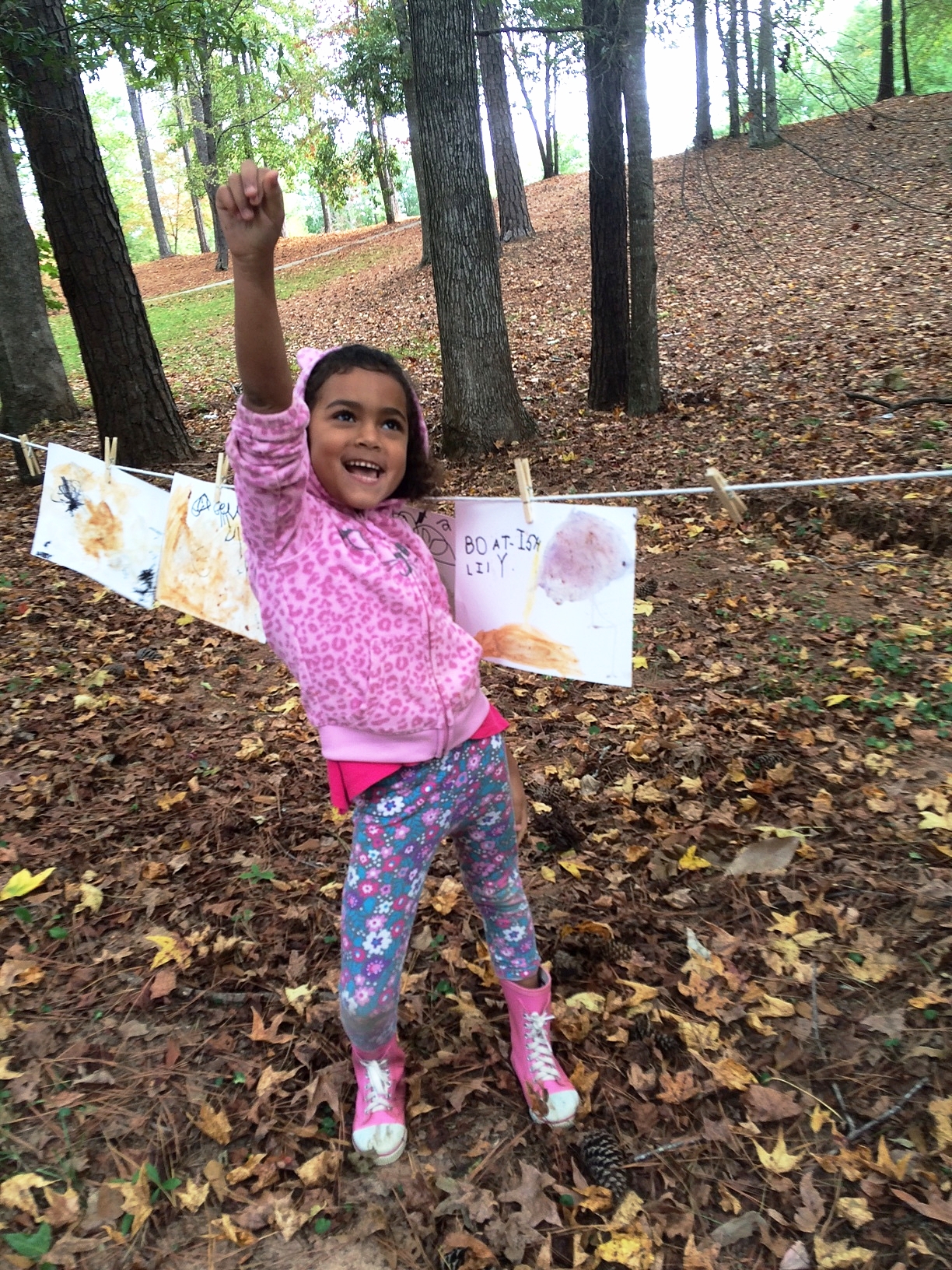In a heat wave, it's hard to feel at the top of our game. But challenges like the weather and changes in the environment actually tee up super opportunities to teach our kids not to be fragile, but to bring resilience to their lives. Teaching kids resilience: I can’t think of a task more central to kids’ learning, emotional health and ability to manage the challenges that life throws at them.
The bad news is, there has been a decline in resilience among adolescents and young adults. Colleges and universities report that they can’t keep up with the mental health needs of emotionally fragile students often overwhelmed by fear of failure. That’s alarming, but I am also optimistic that we can reverse this trend for our little ones. Here’s how.
What is Resilience for Kids?
Resilience is the ability to recover quickly from difficulties and failures. It is also closely tied to the willingness to try new and challenging things. We learn to be resilient or to not be fragile through experience with challenges in our environment. If kids are better able to recover from setbacks, they are likely to take more risks. By taking more risks, failing, and then bouncing back, they learn even better how to be resilient.
Resilience is a learned skill that children can acquire early in their lives, and parents and teachers play a critical role in this process. (If you’d like to learn more, check out Building Resilience in Children and Teens: Giving Kids Roots and Wings by educator Kenneth Ginsburg.
How are learning and emotions connected?
In order to learn anything new, we engage our emotions. All sensory information we take in gets fed quickly to the amygdala, the emotional center of the brain. I think of this pass through the amygdala as the brain trying to determine, “What is important here? What should I spend my energy on? Should I try to avoid this because it’s dangerous?”
As a matter of survival, humans must know how to recognize danger and avoid it. When we meet novel situations, we can see it as cause for fear, and flee from it, or we can see it as a challenge, muster our resources and dive in. In challenge mode, we get curious, we mobilize and we seek to understand the situation. In other words, the nervous system gears up to learn!
How can we help wee brains opt for challenge mode?
An experience that induces fear stimulates the amygdala, and the brain looks for solutions. If a child determines he lacks the physical, cognitive or emotional resources to manage the situation, the brain will choose to flee. But if a child feels they really have the resources to face the situation, they moves into challenge mode.

How can we help kids believe they have resources?
Young children rely on interactions with beloved caregivers to develop a fundamental sense of self. This starts in infancy. A baby co-regulates with his parent or caregiver, learning that emotional distress is manageable from his caregiver’s responses to his emotional outreach. Over time, sensitive, reliable responses by a caregiver give a young child a model for how to respond to and manage emotions.
In other words, kids learn in direct response to how we respond to situations. Every time we stay calm, every time we allow space for them to try, and every time we are there to soothe a risk gone wrong, children further build their sense of who they are and of what they are capable.
When a child is faced with a new, challenging situation, we can remain steady, supportive and give them the space and allowance to tackle it. If and when they falter or fail, we can also be there to celebrate their effort and soothe their pain or frustration. Over time, risk-taking becomes routine and failure becomes a manageable part of life and learning.
Our modeling is likely the best teaching!
We also model how to be resilient all the time. We can show kids that we notice or even struggle with a challenge and that we can adapt and shift both our attitude and our approach to manage it.
For example, during a heat wave, we can share how hot we feel, but we can still go outside—just for a shorter amount of time and when the sun is not too hot (e.g. early morning or after the sun goes down). Or, if it's just too hot to head out, we can gather a handful of objects from outside and bring them inside to play—great problem solving! No matter what, make some frozen treasure (i.e. freeze ice in different shapes and with different, colorful objects inside) to make summer play feel special, fun and cooling!
And of those adaptations help us communicate to kids that we, and in turn they have the resources and can manage the shifting nature of their environment. We can even make overcoming challenges fun.
Next time you are playing, exploring or just being with your child, be extra mindful of how you respond to the challenges and new situations they or you collectively face. Look for chances to demonstrate that you've got this, that you both feel and welcome challenges. If efforts fail, do what you can to cope and try again. Every time you do, you’ll help kids develop the capacity to be resilient now and when you are no longer right by their side.


